I strength trained for ten minutes every day - and my mood and motivation levels have never been higher
Fitness has become fun again.
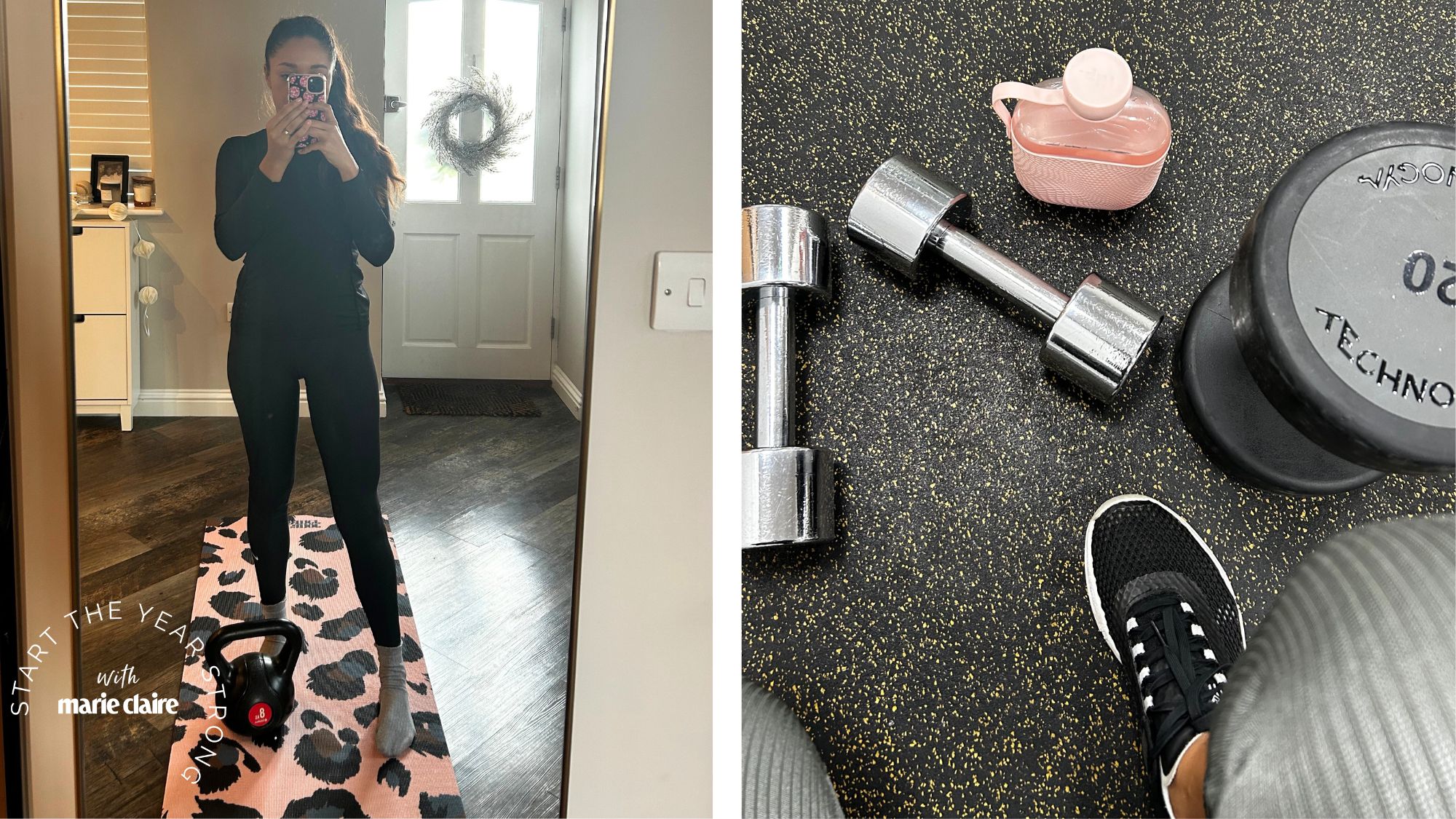

Out of all the different forms of exercise, strength training is by far my favourite type of workout to do for many reasons. Firstly, there are so many different ways to execute weight training, whether that’s through the use of free weights, weight machines or bodyweight exercises. Secondly, it can be done at any time, any place. And last but by no means least, nothing beats feeling strong.
That said, I'd fallen out of routine recently (thanks, Christmas and a hectic work schedule). So, when Senior Health Editor at MC UK Ally Head asked me to try strength training every day for ten minutes, I jumped at the chance.
My next question: would it be possible to strength train for such a short amount of time every day and still reap the many benefits this form of fitness brings?
Let's look at the research, first. According to one study published in the European Heart Journal in 2022, it absolutely is. Researchers found that just two minutes of exercise can lower your risk of heart disease, cancer, and even early death. While a more recent study published in Nature Medicine found that a few bouts of high-intensity activity (be it climbing the stairs or lugging the shopping in) can seriously benefit health and longevity.
Generally speaking, I tend to strength train at the gym three to four times a week for around 45 minutes splitting my training out between full-body, lower-body and upper-body workouts. But with the darker mornings and colder nights, my motivation levels are often waning.
That’s where this two-week challenge of strength training ten minutes everyday steps in. Could ten minutes be enough to improve my fitness levels, boost my mood and build muscle? To find out how I got on, keep scrolling. And while you’re here, don't miss our guides to strength training for beginners and low-impact strength training.
I strength trained for ten minutes every day - my honest thoughts
What is strength training?
You’ve probably heard the term, but still wondering: what is strength training? “Strength training is a form of physical exercise that focuses on building and enhancing muscular strength, endurance, and power,” Amanda Place, qualified personal trainer and founder of Sculptrition, tells Marie Claire UK.
Marie Claire Newsletter
Celebrity news, beauty, fashion advice, and fascinating features, delivered straight to your inbox!
“The primary goal of strength training is to increase the amount of force a muscle or group of muscles can generate and typically involves resistance or weights,” Place continues.
That said, strength training can be carried out in various forms, including:
- Free weights: Using the likes of dumbbells, barbells, and kettlebells to perform exercises such as squats, deadlifts, and bench presses.
- Weight machines: Making use of machines that have adjustable resistance to target specific muscle groups. For example, a leg press machine or a cable machine.
- Bodyweight exercises: Performing exercises that use your own body weight as resistance, such as push-ups, pull-ups, and squats.
- Resistance bands: Employing elastic bands that provide resistance to your movements, helping to build strength. Wondering which resistance bands are best for you and your fitness goals? We’ve compiled a handy tried and tested guide.
- Functional movements: Engaging in exercises that mimic everyday activities or sports-specific movements, promoting overall strength and coordination. Think jumping onto a stepper or movements done while balancing on one leg.
Is 10 minutes of working out a day enough?
That’s the million-dollar question. According to the NHS physical activity guidelines, adults between the ages of 19 and 64 should do some strengthening activities that work all the major muscle groups (legs, hips, back, abdomen, chest, shoulders and arms) at least two days a week (this is in addition to the recommended150 minutes of moderate-intensity activity or 75 minutes of vigorous-intensity activity a week).
Place’s opinion? “While any amount of physical activity is better than none, the effectiveness of a 10-minute workout depends on your fitness goals and the intensity of the exercise,” she says. “If your goal is to improve your general health and wellbeing, a ten-minute workout can be sufficient for consistency, energy levels, and mood.”
Short answer: you don’t need to exercise for hours upon end to get the payoff. Most people assume that if they’re short on time there’s no point in squeezing a workout in. But there’s tons (and tons) of research to prove otherwise. Researchers in this 2016 study found that three minutes of intense intermittent exercise per week, within a total time commitment of 30 minutes, had the same benefits as 150 minutes per week of moderate intensity. Similarly, scientists who wrote this 2016 study found that working out for 15 minutes a day could help you live longer. As you can see, short workouts shouldn't be overlooked.
That said, if you do have specific fitness goals such as fat loss, muscle gain, or endurance improvement, Place says you will likely need longer or more focused sessions to see results.
@massy.arias ♬ original sound - Massy.Arias
4 benefits of strength training
1. It'll improve your functional fitness and quality of life
Unlike what you might have thought, increasing your muscle mass isn’t the only benefit strength training brings. It can also enhance your quality of life and enhance your functional fitness, which can help you improve your ability to perform daily tasks with greater ease and efficiency.
2. Boost your metabolism
“As you gain muscle through strength training, your metabolism can increase, potentially aiding in weight management and fat loss,” Place says.
3. Boost your mental health and mood
“Exercise, including strength training, promotes the release of endorphins,” Place explains. “This release acts as a natural mood elevator in the body, leading to reduced symptoms of depression and anxiety.”
4. Improve your insulin sensitivity
“Strength training can enhance insulin sensitivity, helping to regulate blood sugar levels,” Place tells us. “This is important for overall metabolic health and can reduce the risk of developing Type 2 Diabetes.”
I strength trained every day for 10 minutes for two weeks - how I got on
Week one
When Monday rolls around, my first workout of the week feels like clockwork. I make my way to the gym and get through as many exercises as possible within 10 minutes. To maximise the time, I end up performing supersets by completing two different exercises back to back and having little rest in between. Who knew you could perform dips, chin ups, squats, lunges and a plank in 10 minutes?
I wake up around 6.30am on Tuesday but instead of heading to the gym, I opt for a home workout. I swap my pyjamas for something a bit more stretchy and supportive and roll out my mat. Having decided to do an AMRAP workout, AKA as many reps as possible, I run through a mix of kettlebell exercises like swings, squats and deadlifts. 10 minutes pass and I’m feeling the burn.
Wednesday is arm day and I feel up for another gym session. I make it through three sets of chest presses, bicep curls and a handful of dips before I call it a day.
Thursday comes and I almost forgot that I need to work out. It’s only 1pm when this realisation dawns on me but usually if I haven’t worked out by lunchtime, it’s very unlikely that it's going to happen at all. I remind myself that I only have to muster up ten minutes worth of motivation and, by the time I've found a quick Pilates routine by Jessica Valant and started it, it’s practically time to stop.
When Friday rolls around, I feel tired - though I wouldn’t say it’s necessarily from working out, more so from a busy working week. It’s lower body day today, so after searching on YouTube I stumbled across this 10-minute workout by Mad Fit with no equipment needed. Perfect.
I realise ten minutes isn’t a lengthy amount of time, but as someone who writes about fitness for a living, I know how easy it is to overdo things, especially as my body isn’t used to resistance training every single day of the week. With that in mind, on Saturday I complete a morning yoga flow by Yoga with Adriene and do the same again on Sunday. By Sunday afternoon, I’m feeling pretty chuffed with myself knowing I’ve ticked off seven workouts in seven days.
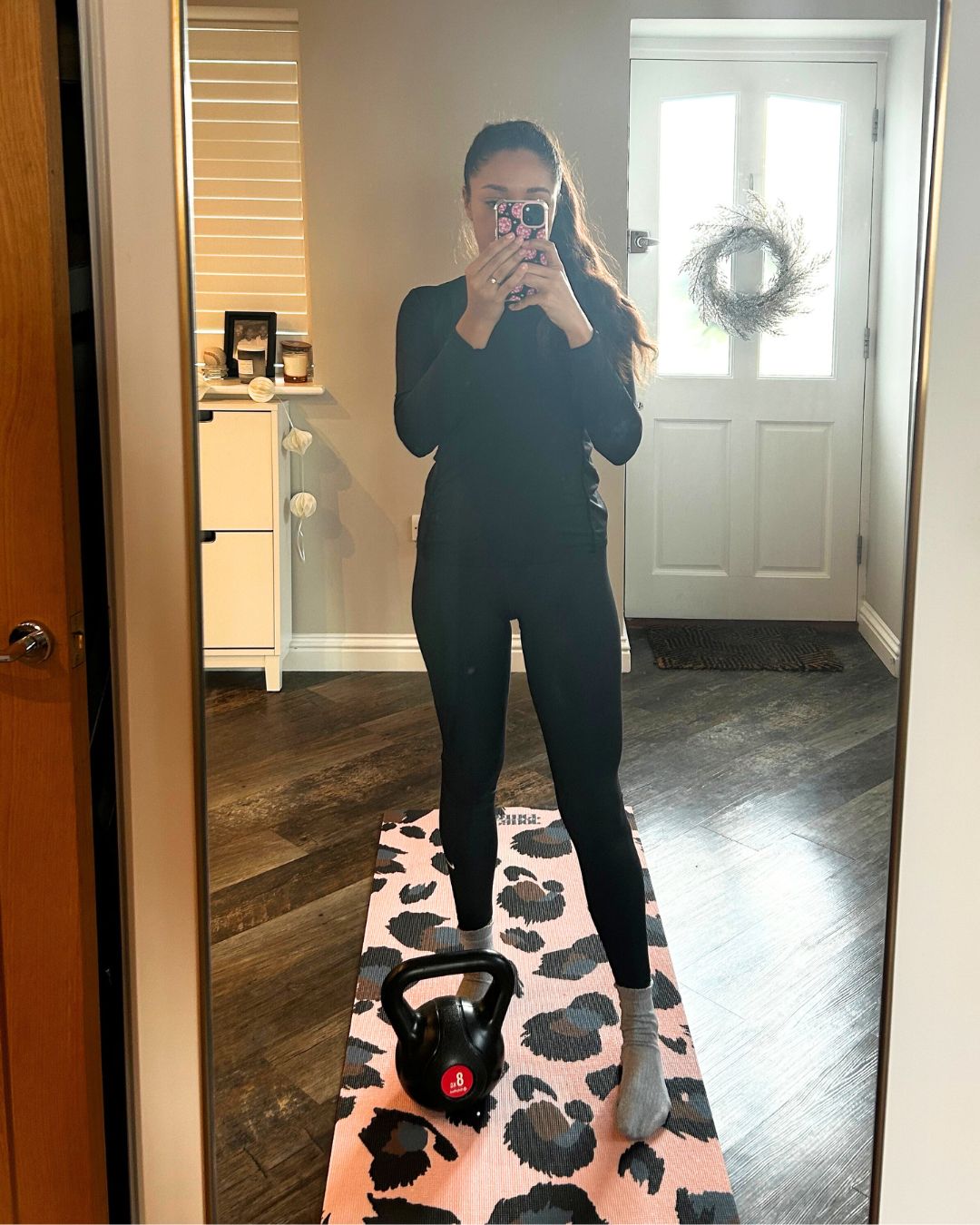
Rebecca's set up for strength training at home
Week two
By week two, the motivation to get going is still sky-high. The fact that my sessions are so short means they don't feel daunting or overwhelming - instead, I look forward to getting to tick them off.
On Monday moring, I do the same as the week before, completing a full body workout at the gym completing dips, chin-ups, squats, lunges and a plank.
For Tuesday’s workout, I stick to my guns and do another AMRAP workout. Again, I run through a mix of kettlebell swings, squats and deadlifts.
On Wednesday, I mix things up. One of the best things about doing this challenge is that you can try new workouts and add some fun back into your everyday routine. Whether it’s Move with Nicole's yoga flow I do on Wednesday morning, Thursday’s full body Pilates class by Lilly Sabri or Friday’s challenge, a ten minute standing Barre workout (which I’ve never done or thought to try before). The fact that these strength sessions are only ever ten minutes long means you can get a quick indication as to whether you like it before you lose interest and give up halfway through.
For the last two days of this challenge, I stick to what I know (weighted workouts) and finish off the week on a high, along with a newfound love for strength training. And, instead of rolling out of bed feeling groggy and lethargic, I've felt ready to see what the day brings. My mood has been boosted and while it's hard to tell if my fitness levels have skyrocketed over two weeks, I have still been able to shift the same weight I was before.
Will I be working out for ten minutes every day for the rest of time? I can’t make that promise. Plus, I really like having a good balance between workouts vs rest days. But on the days when motivation is lacking, I can't make it to the gym or I feel up for moving my body? I’ll certainly be reaching for my mat and kettlebell. Ten minutes might not be enough time to tick off an important work to do, call a friend, or hoover your house, but it's the perfect amount for shaking up your day with exercise - especially when it's cold, dark and wet outside.
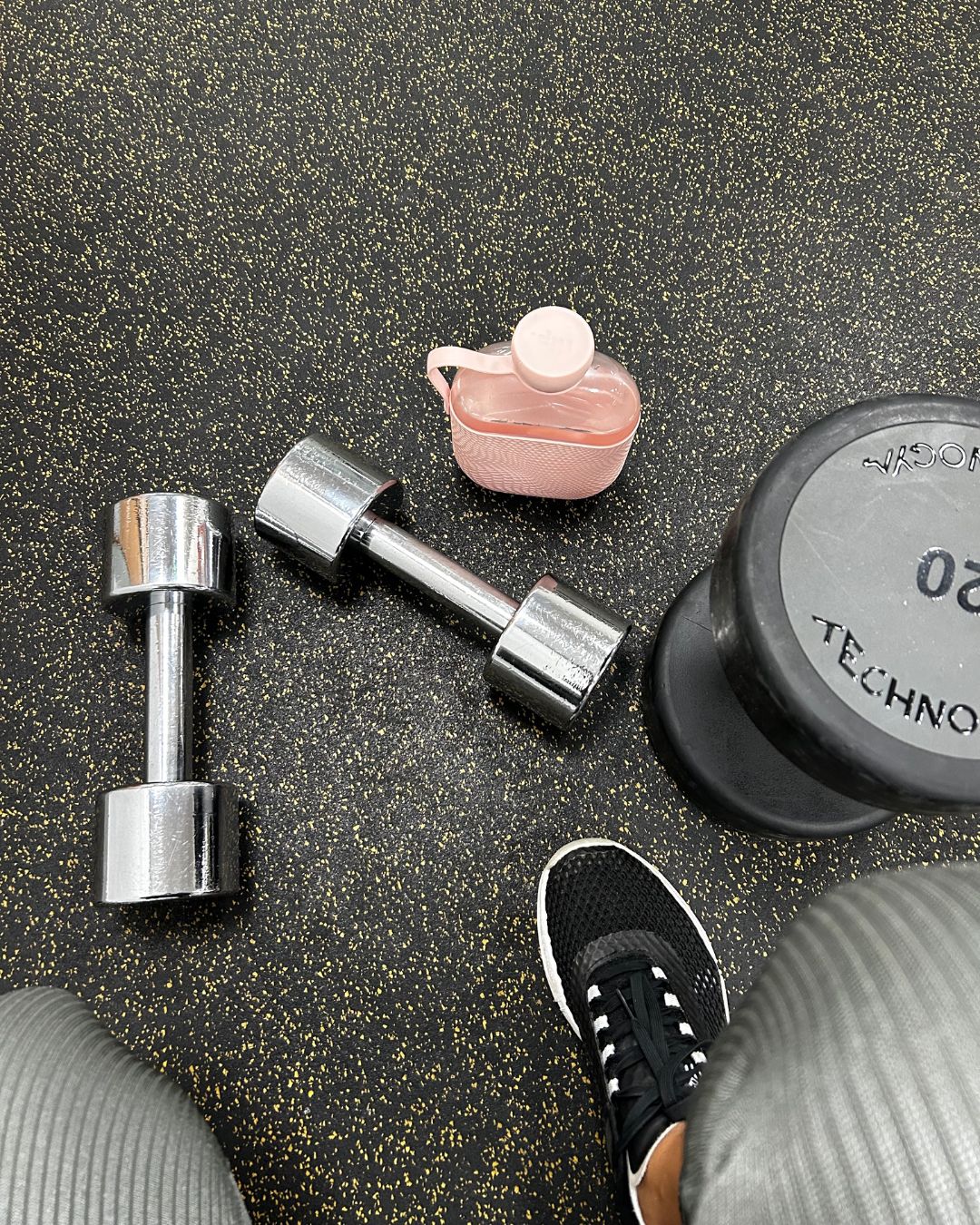
Some of the weights Rebecca used at the gym
Shop MC UK's go-to gym kit now:
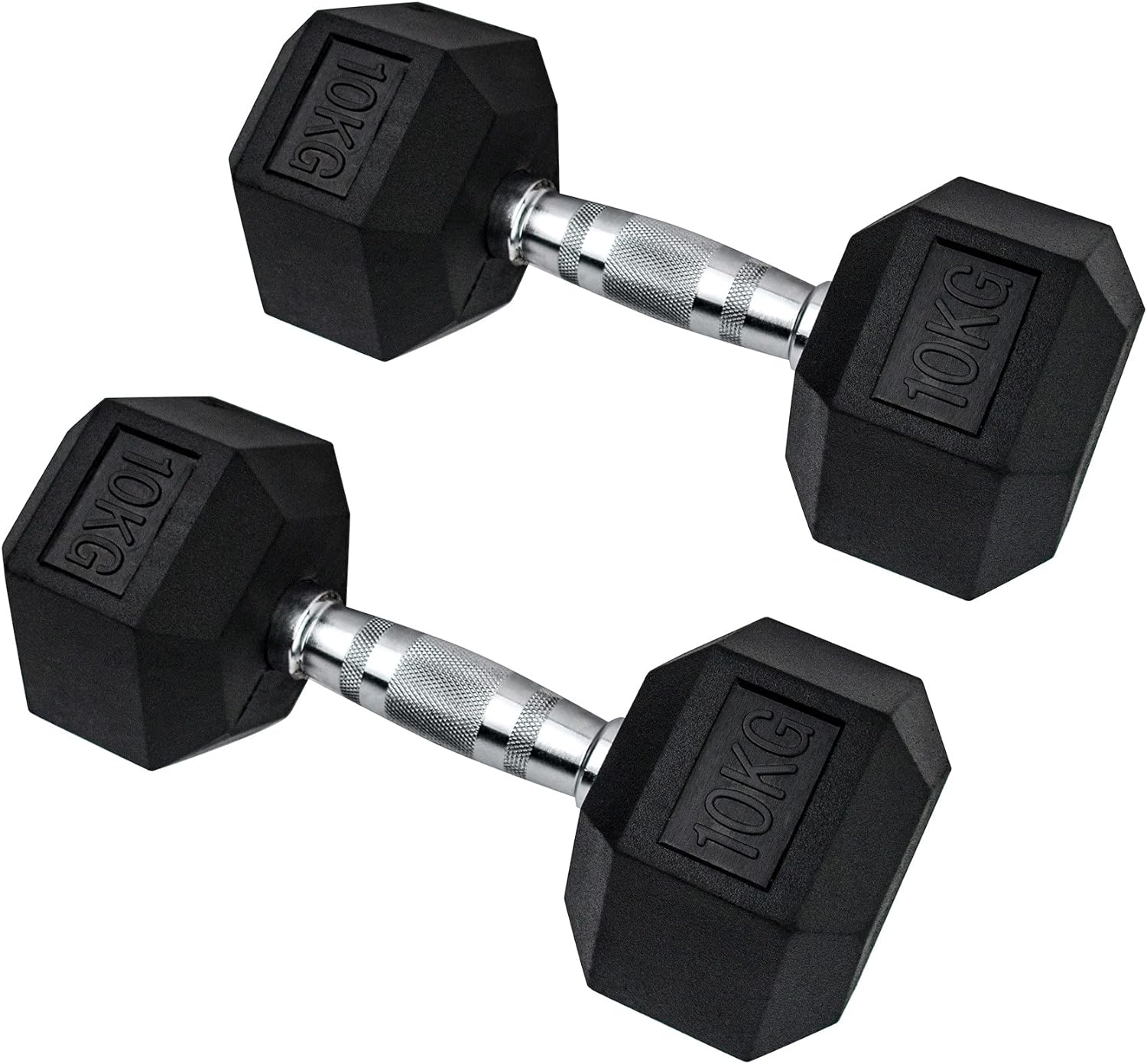
Kettlebells are a great full-body piece of kit as they are ideal for building muscle, strengthening and toning at home. And these easy-to-grip Metis ones come in a range of weights for any fitness ability, from 4kg to 20kg.
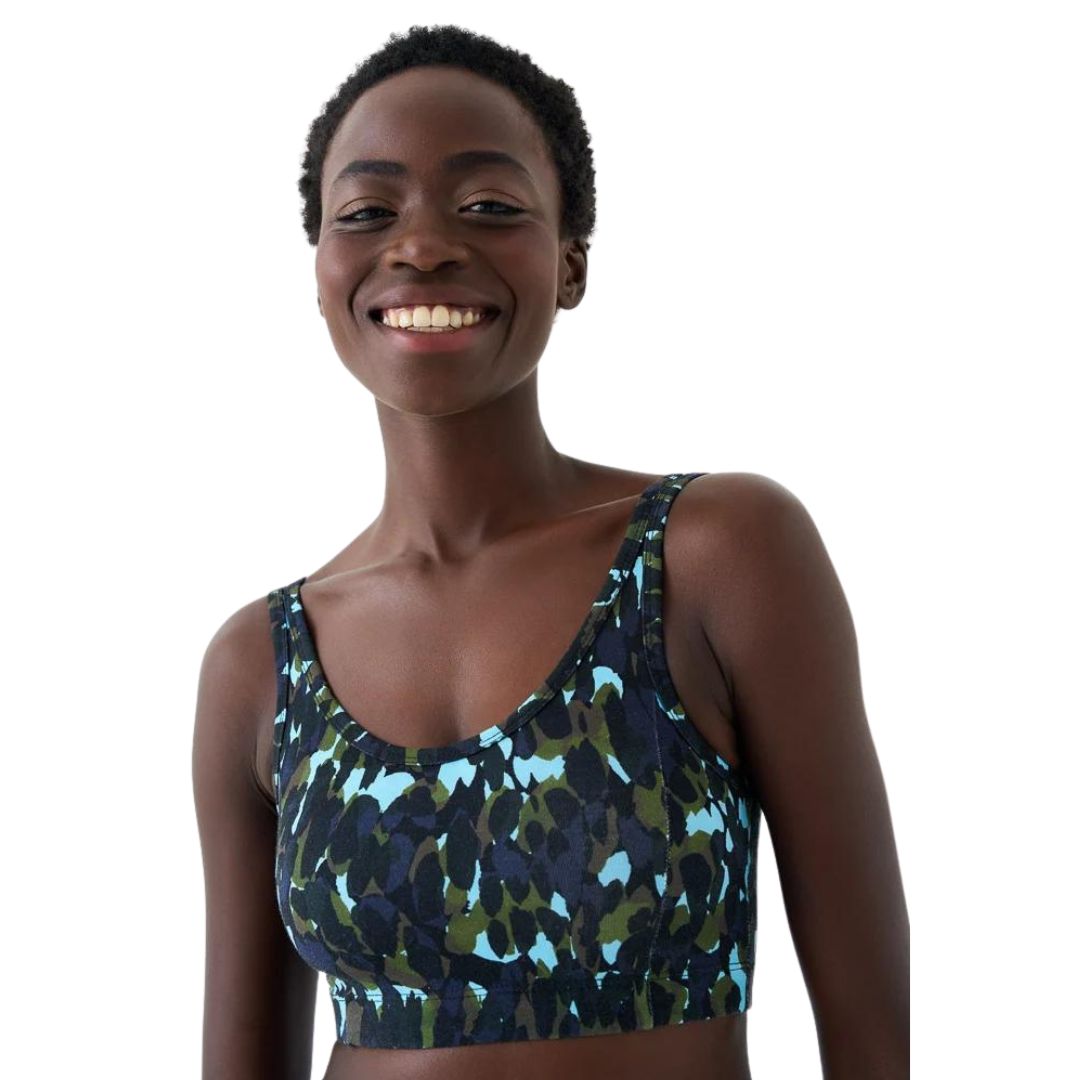
Specifically designed for working out, up your workout wardrobe with this soft-to-the-touch sports bra that will support you in all the right places no matter whether you are practising yoga, HIIT or hitting the gym. Plus, you know you're investing in a company doing good - BAM is climate-positive and a certified B Corp.
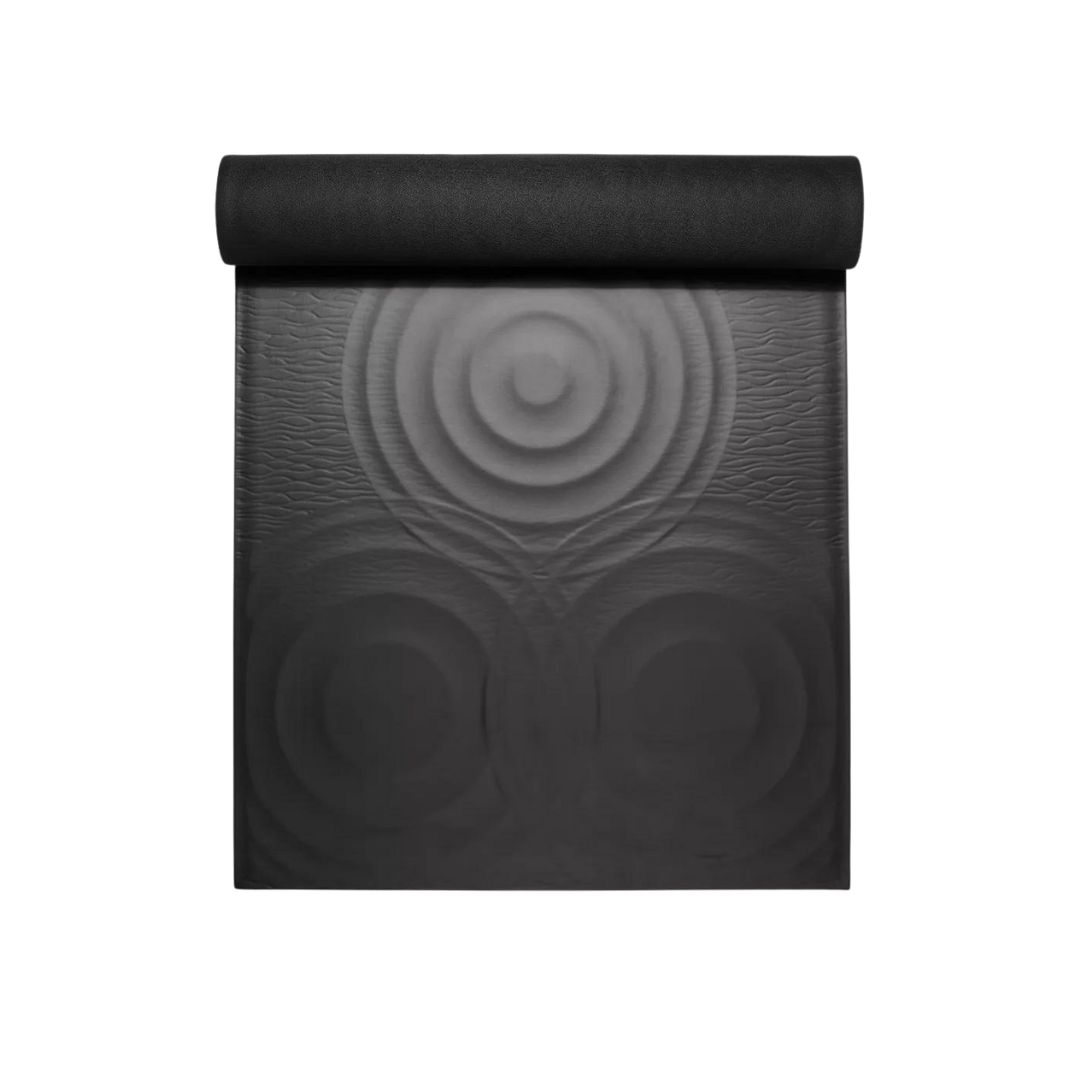
Topping our guide to the best yoga mats is this super popular 5mm-thick mat that comes with a whole load of cushioning, visual alignment cues and moisture absorption. From yoga to Pilates, this mat will work just as hard as you do.
Will working out 10 minutes a day make a difference?
As is the case with any form of fitness, any movement is better than none. Contrary to popular belief, there's a significant body of research, like this 2017 journal, which has shown that short workouts can be beneficial to your overall well-being, enhancing attention, boosting mood, and improving stress resistance.
If you're limited to ten minutes, qualified personal trainer and founder of Sculptrition, Amanda Place recommends considering increasing the intensity of your workout to make the most of the time you have and get more bang for your buck. “High-intensity interval training (HIIT), for example, can provide significant cardiovascular and metabolic benefits in a short amount of time,” she adds.

Rebecca, or Becks, is a freelance journalist with more than ten years of experience in the industry. She specialises in all things health and lifestyle and has written for a number of brands including Women's Health, Stylist, the Evening Standard, Good Housekeeping, The Telegraph, Live Science, Tom's Guide and Fit&Well. Becks also writes copy for a number of brands and small businesses.
When she's not weight training, tracking down the best gym leggings, reading a book or at her desk typing away, you'll find her in the kitchen perfecting a new recipe or bake.
-
 Mytheresa is having a secret sale right now and these are the 11 cult items I'm eyeing
Mytheresa is having a secret sale right now and these are the 11 cult items I'm eyeingIncluding the designer bag that was everywhere at Milan Fashion Week
By Clementina Jackson
-
 Prince Harry reportedly extended an 'olive branch' to Kate and William on latest UK trip
Prince Harry reportedly extended an 'olive branch' to Kate and William on latest UK tripBig if true
By Iris Goldsztajn
-
 How Prime Video is protecting Blake Lively amid her new movie promo
How Prime Video is protecting Blake Lively amid her new movie promoAn understandable move
By Iris Goldsztajn
-
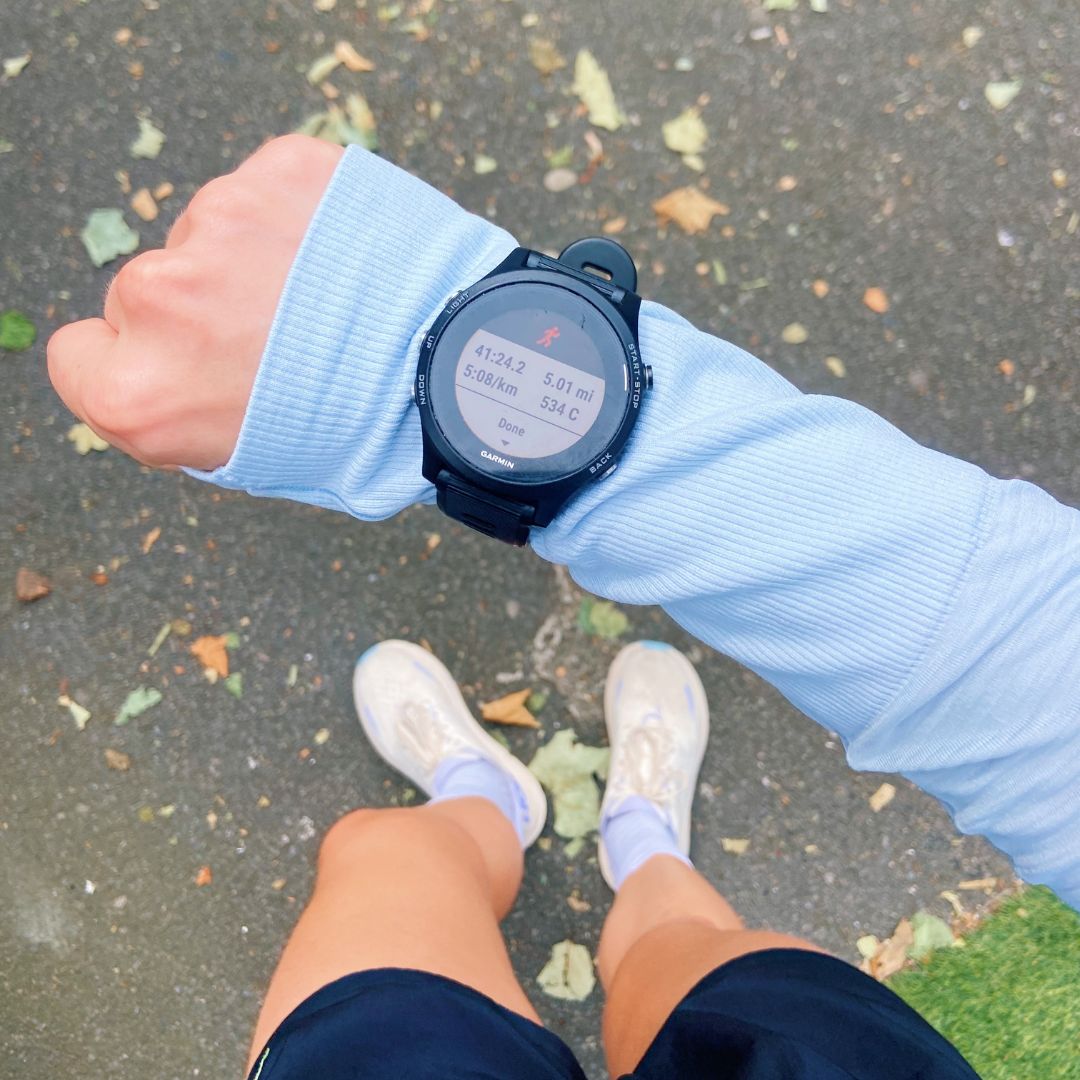 These tricks for building a simple yet effective morning workout routine have drastically improved my fitness
These tricks for building a simple yet effective morning workout routine have drastically improved my fitnessIt doesn't need to be all 5am starts and ten miles for breakfast.
By Ally Head
-
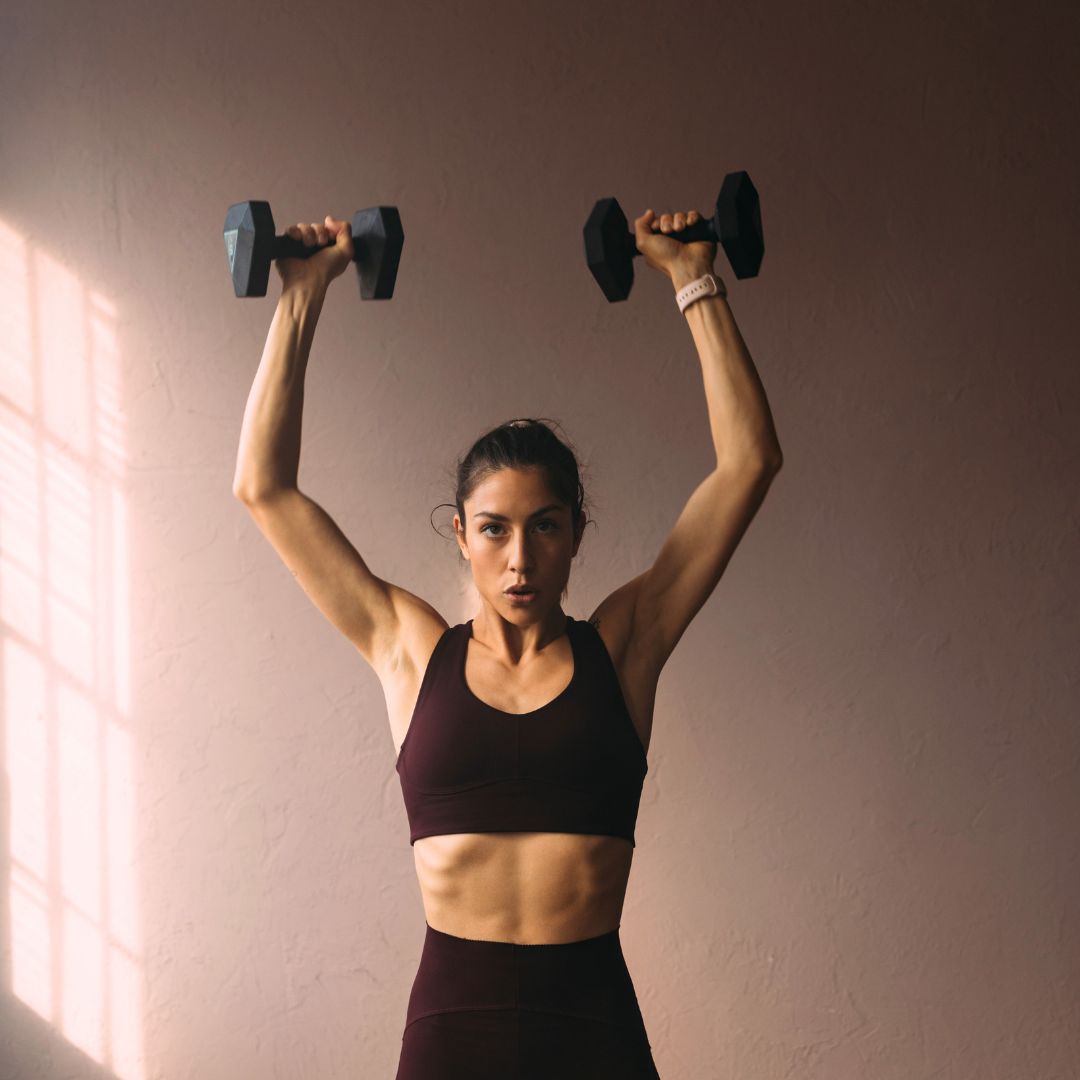 Shoulder exercises promise to improve both your posture and strength - 5 to add to your next workout
Shoulder exercises promise to improve both your posture and strength - 5 to add to your next workout*Bookmarks for later*
By Chloe Gray
-
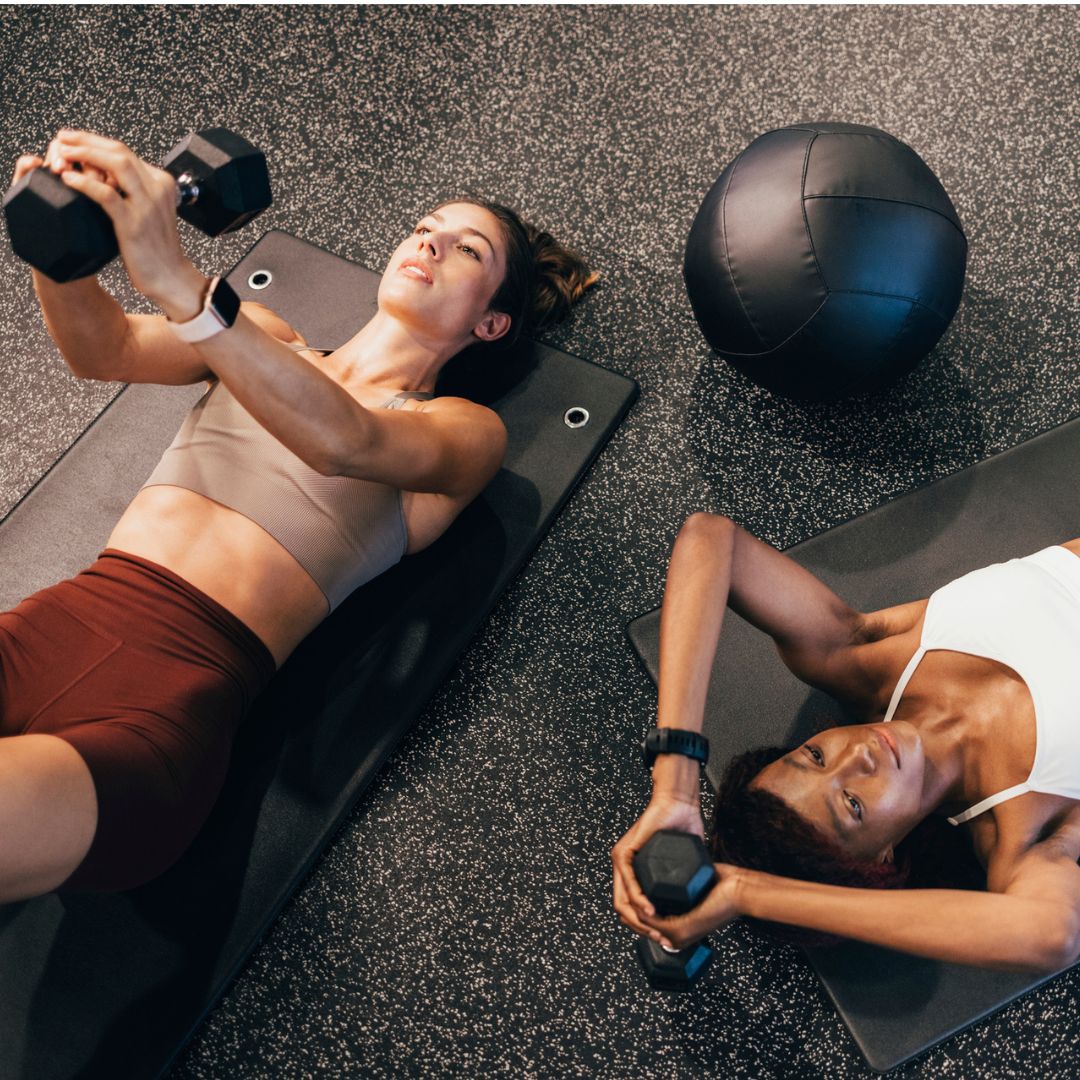 Low impact strength training is one of the most popular workouts of the year – how it promises to boost muscle and metabolism
Low impact strength training is one of the most popular workouts of the year – how it promises to boost muscle and metabolismYour need to knows.
By Abbi Henderson
-
 PSA: you can save up to 70% in the Alo Yoga sale - including the dress of my tenniscore dreams
PSA: you can save up to 70% in the Alo Yoga sale - including the dress of my tenniscore dreamsMCUK's editors rave about this kit
By Valeza Bakolli
-
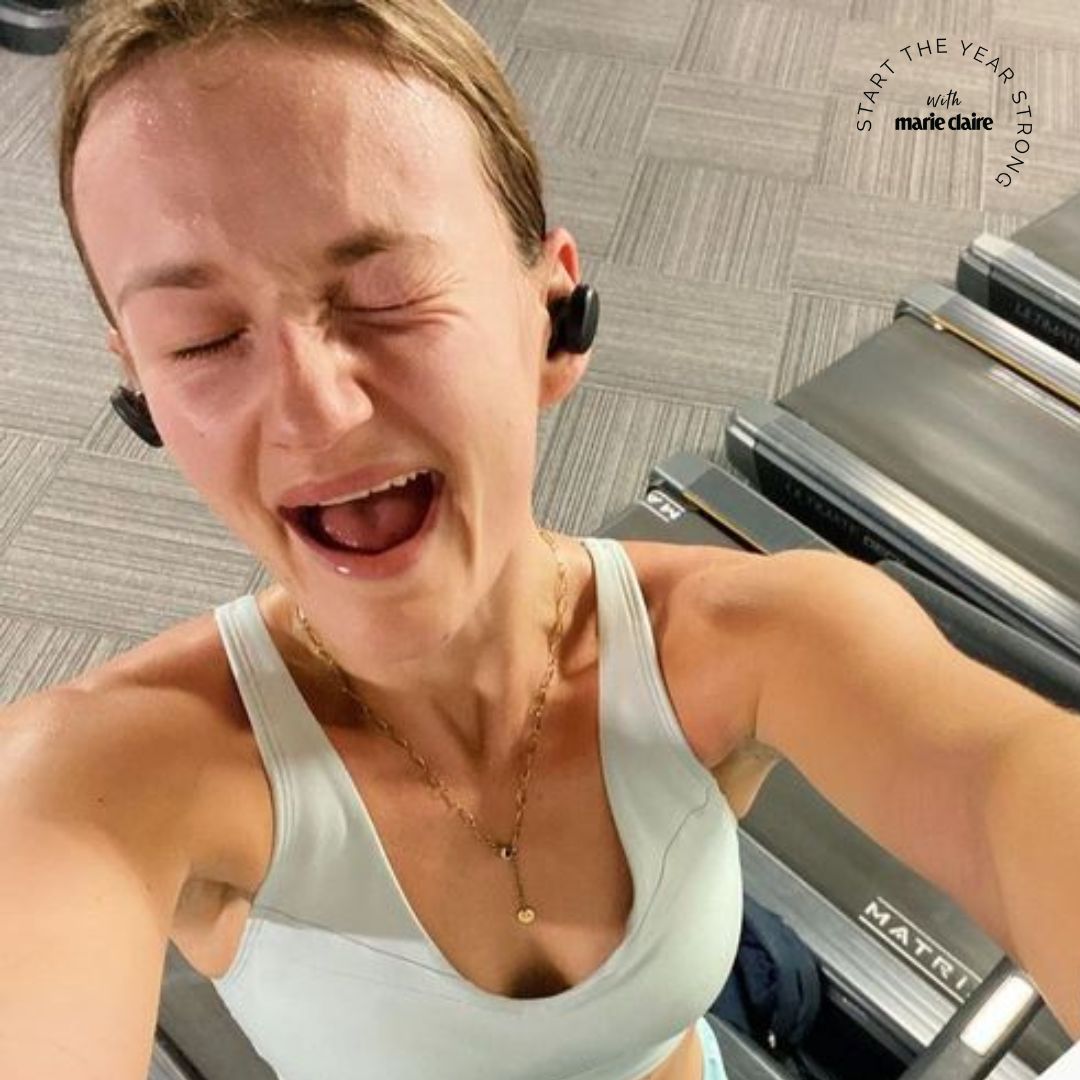 8 best high impact sports bras for running, HIIT and more that Fitness Editors genuinely rate
8 best high impact sports bras for running, HIIT and more that Fitness Editors genuinely rateBecause high-impact exercises require proper support
By Chloe Gray
-
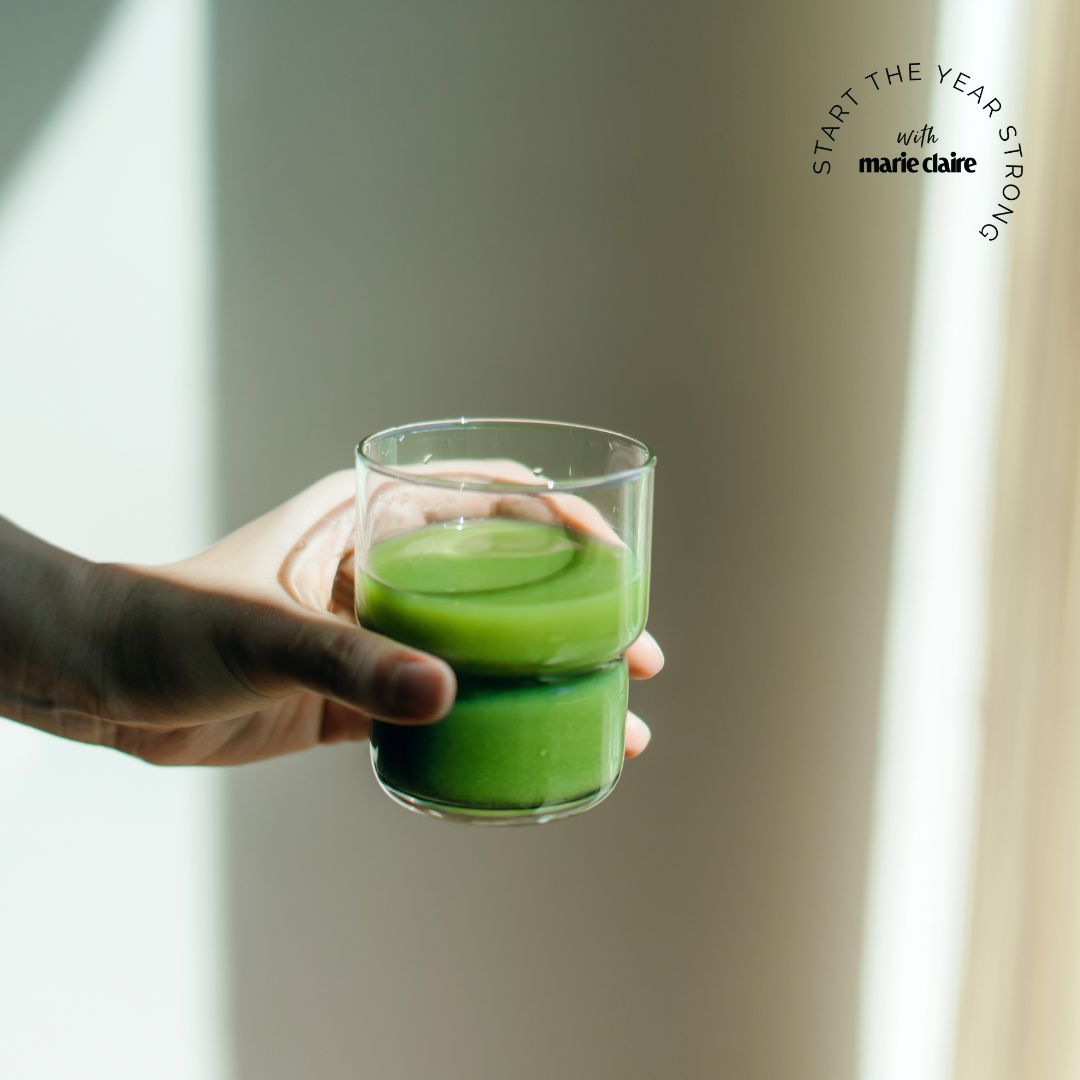 I'm a Health Editor who's sceptical about nutrition fads. My greens powder review? The viral Tiktok trend blew my mind
I'm a Health Editor who's sceptical about nutrition fads. My greens powder review? The viral Tiktok trend blew my mindHere's why.
By Ally Head
-
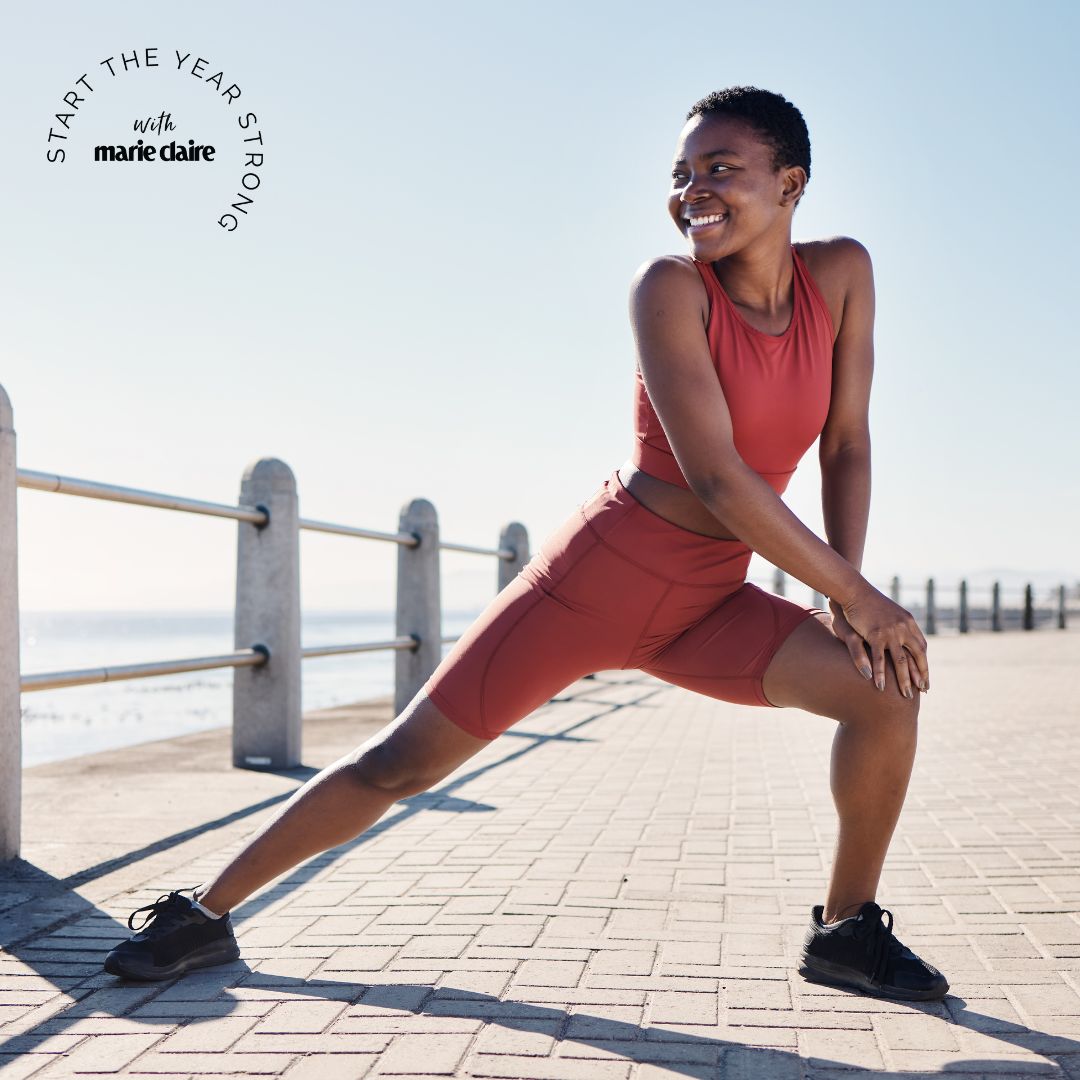 Cortisol-friendly workouts are trending, promising to aid fat loss, fitness and focus
Cortisol-friendly workouts are trending, promising to aid fat loss, fitness and focusTop exercises for stress-busting, this way.
By Rebecca Shepherd
-
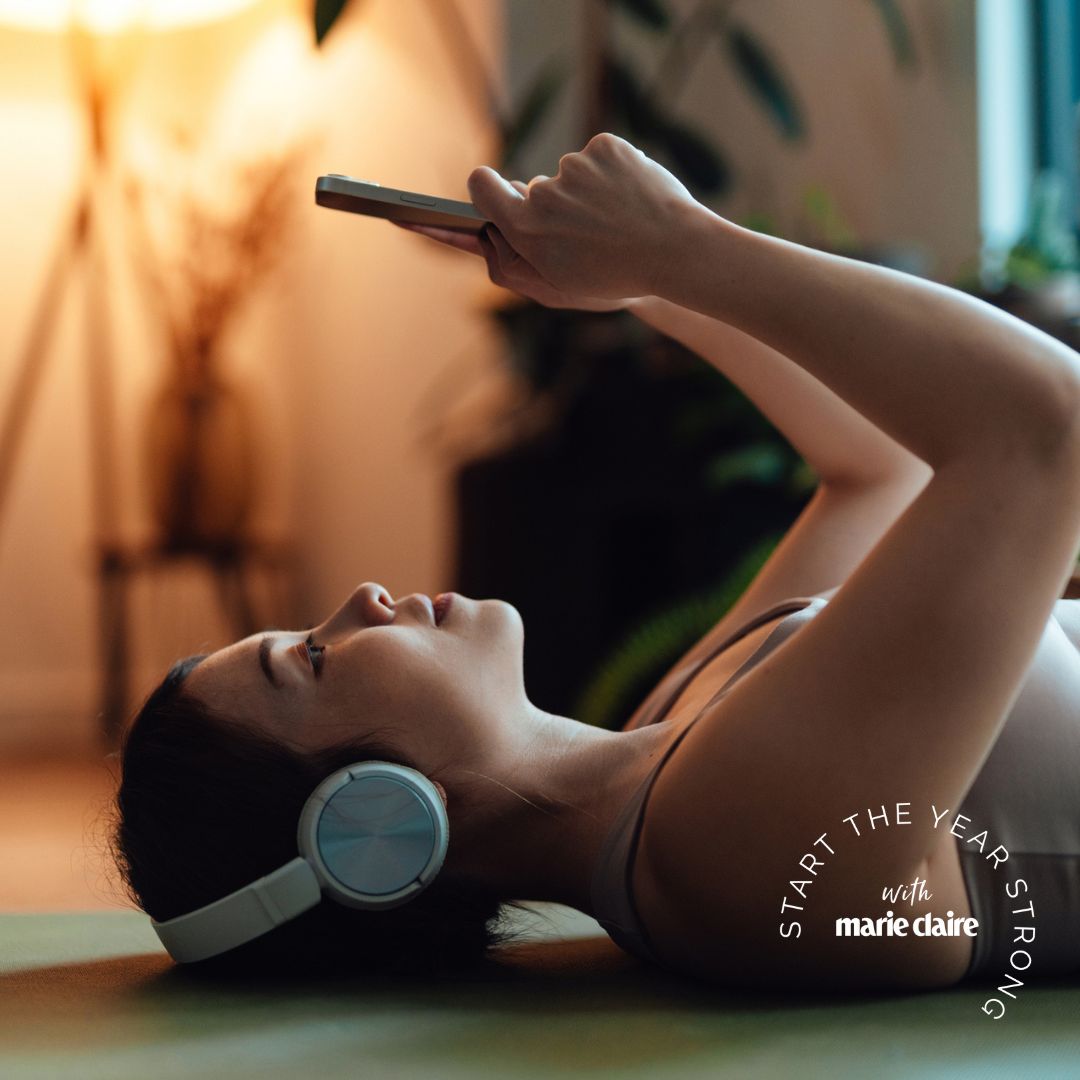 How to do wall Pilates, the workout that's been dubbed the most effective of the year
How to do wall Pilates, the workout that's been dubbed the most effective of the yearGive this one a go tonight.
By Ally Head